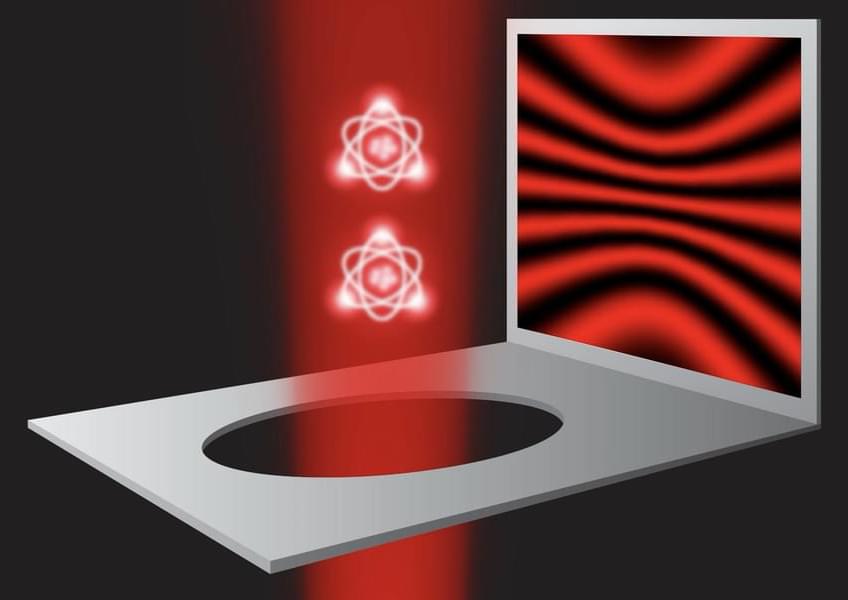MIT physicists confirm that, like Superman, light has two identities that are impossible to see at once. Physicists at MIT recreated the double-slit experiment using individual photons and atoms held in laser light, uncovering the true limits of light’s wave–particle duality. Their results proved Einstein’s proposal wrong and confirmed a core prediction of quantum mechanics.
MIT physicists have performed an idealized version of one of the most famous experiments in quantum physics. Their findings demonstrate, with atomic-level precision, the dual yet evasive nature of light. They also happen to confirm that Albert Einstein was wrong about this particular quantum scenario.
The experiment in question is the double-slit experiment, which was first performed in 1801 by the British scholar Thomas Young to show how light behaves as a wave. Today, with the formulation of quantum mechanics, the double-slit experiment is now known for its surprisingly simple demonstration of a head-scratching reality: that light exists as both a particle and a wave. Stranger still, this duality cannot be simultaneously observed. Seeing light in the form of particles instantly obscures its wave-like nature, and vice versa.
